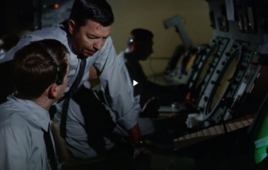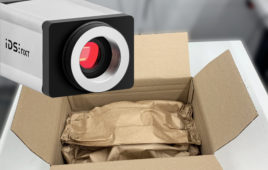The city of Wilmington, N.C., has been testing out white space technology for almost a year, and today the experiment went live.
The launch marks the country’s first commercial deployment of devices using white space spectrum, the unused frequencies between television channels left over by the switch to digital television in 2008.
The city is running video surveillance, water monitoring modules and some broadband service off of the spectrum using equipment from Koos Technical Services.
“This technology has proven to be an unobtrusive, environmentally friendly way to offer services to our citizens and the visitors at our parks and to give our staff more efficient ways to manage these locations,” said New Hanover county chairman Ted Davis.
According to Spectrum Bridge, the company that is running a database for the service, there are 25 empty channels available for white space devices operating in the Wilmington market. Each channel is 6 MHz wide, opening a total of 150 MHz of white space spectrum for unlicensed use.
The FCC approved Spectrum Bridge’s database last month, giving existing users in the band time to make sure white space devices wouldn’t interfere with their service. The database plays a critical function in ensuring white space devices don’t knock out signals from incumbent users.
Koos’ equipment is the first to use the database, and Spectrum Bridge is running trials with several other white space equipment manufacturers.
The opening of television white space spectrum by the FCC in September 2010 was heralded by many as ushering in the era of so-called “super Wi-Fi,” but the technology has many other applications, such as rural broadband and connectivity for machine-to-machine devices.
“Anytime you get new spectrum, it takes a period of time before the technology develops and the innovations occur,” says Spectrum Bridge CEO Rod Dir. “We think this is really the start of something new.”
Dir estimates that white space spectrum has three to five times the coverage and penetration characteristics that Wi-Fi would give.
The technology is allowing the city of Wilmington to extend monitoring and surveillance devices into areas that couldn’t be reached by Wi-Fi, such as heavily forested areas, because white space signals in the 700 MHz band can pass through objects that would have blocked higher-frequency Wi-Fi transmissions.
Like any new technology, equipment and devices running on white space spectrum are still more expensive than legacy gear and face the usual hurdles to creating the ecosystem needed to flourish.
But with its potential on full display in Wilmington, it seems that the television white space spectrum is off to a strong start. However, don’t hold your breath for electronics with built-in super Wi-Fi – it will be years before those highly anticipated devices come to market.
Filed Under: Industry regulations




